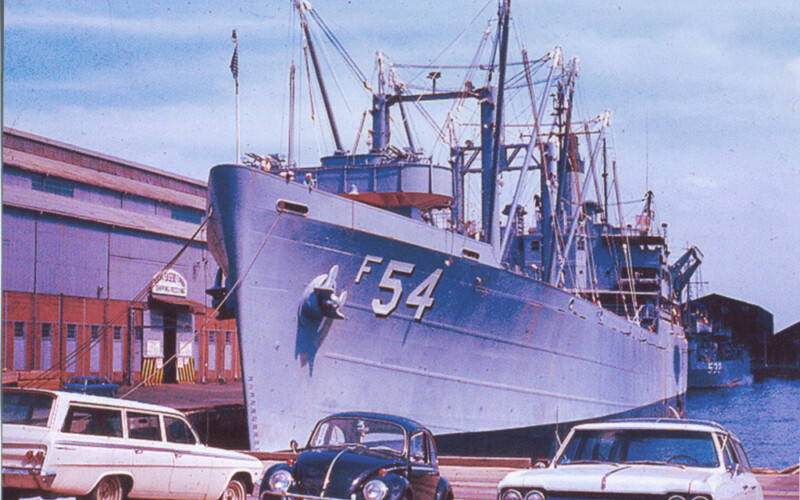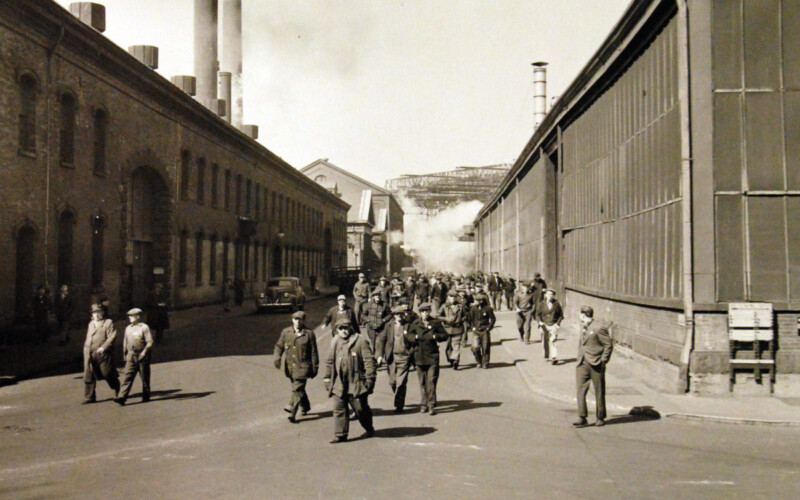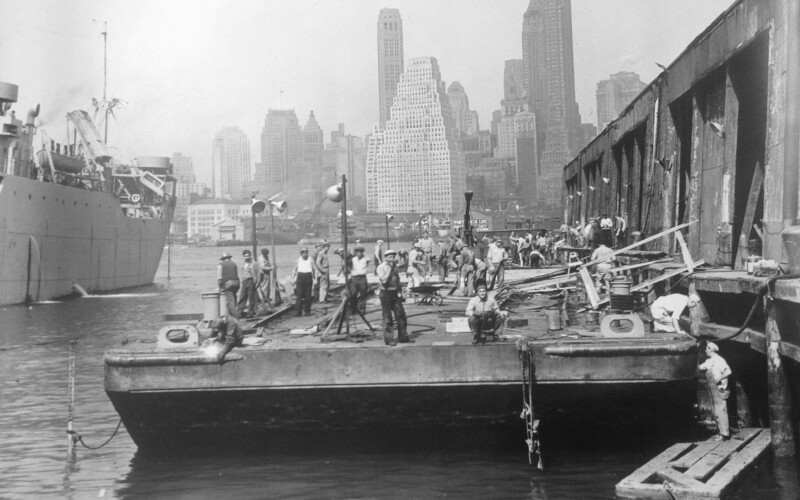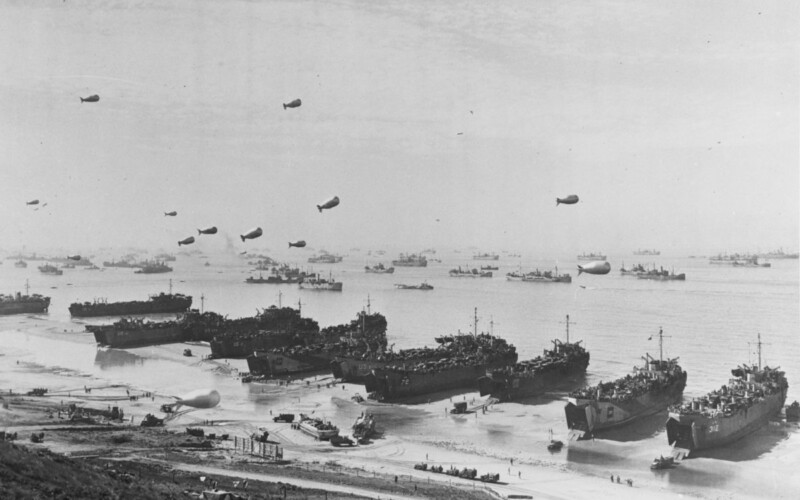We have experience hosting a range of audiences, from college classes to birthday parties to company outings, and we customize our tours to meet your group’s interests and needs.
Book a private tour today
On Thanksgiving, we’re looking back at an unsung hero of the holiday during World War II, a merchant ship called SS Great Republic.
Read more

World War II came to a close in 1945, and looking back 75 years, it is hard to believe that Americans on the cusp of war in 1940 were as …
Read more

Operation Neptune, the seaborne component of the Normandy invasion, required nearly 6,500 vessels to deliver the vast Allied armies and their supplies and equipment onto the continental beaches. This didn’t …
Read more

Around the world today, people are commemorating the anniversary of D-Day, the largest amphibious invasion in history. The landings finally cracked open “Fortress Europe” and marked the beginning of the …
Read more
